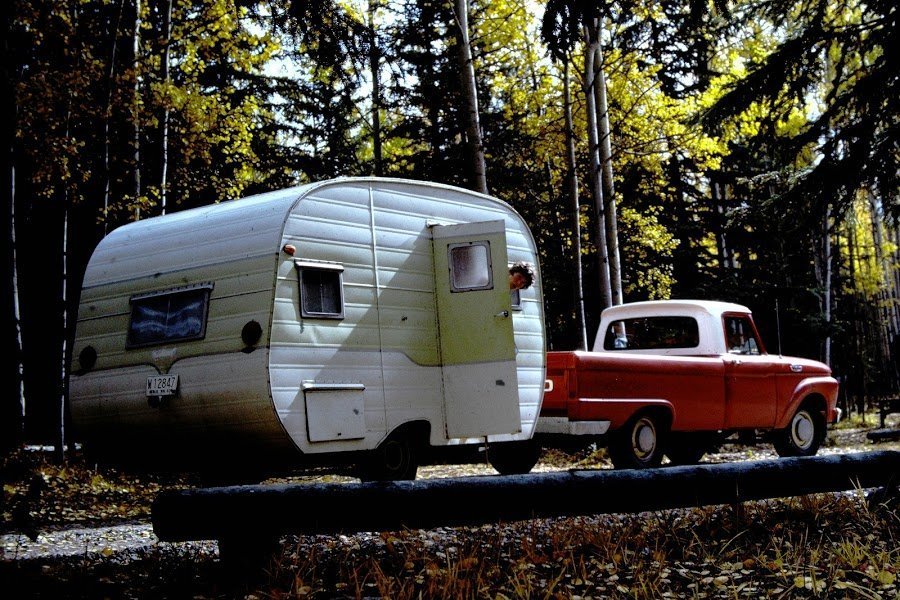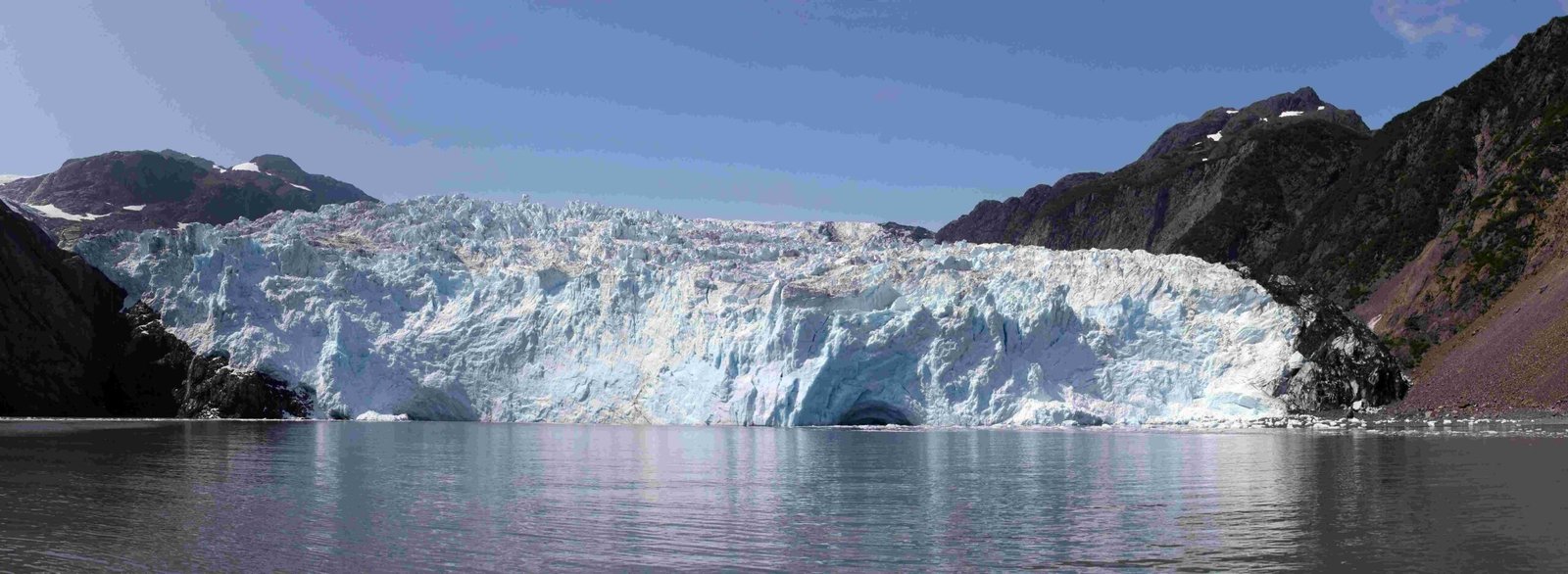Glacier National Park offers some of the most breathtaking wildflower displays in North America. From late June to early August, the park’s diverse landscapes burst into a vibrant tapestry of colors, with over 1,000 species of wildflowers adorning meadows, alpine slopes, and forest floors. This guide explores the best trails for wildflower viewing, optimal seasons, and essential information for planning your wildflower hikes in Glacier National Park.
What Are the Top Wildflower Viewing Trails in Glacier National Park?

Glacier National Park boasts numerous trails that showcase its stunning wildflower displays. Here are five of the most popular and rewarding hikes for wildflower enthusiasts:
- Hidden Lake Trail
- Length: 4.5 miles round trip
- Elevation Gain: 300 feet (6,600 ft to 6,900 ft)
- Peak Bloom: Late June to early August
-
Highlights: Alpine meadows, beargrass, glacier lilies
-
Highline Trail
- Length: 7.6 miles one way (shorter out-and-back options available)
- Elevation Gain: Moderate, following mountain contours
- Peak Bloom: Mid-July to early August
-
Highlights: Diverse wildflower species, panoramic views
-
Iceberg Lake Trail
- Length: 4.5 miles round trip
- Elevation Gain: 1,200 feet
- Peak Bloom: Late June to early August
-
Highlights: Subalpine meadows, beargrass, Indian paintbrush
-
Preston Park Trail
- Length: 3-5 miles (varies by route)
- Elevation Gain: Moderate
- Peak Bloom: Late June to early August
-
Highlights: Diverse wildflower meadows, alpine scenery
-
Firebrand Pass Trail
- Length: 11 miles round trip
- Elevation Gain: Significant (pass at 8,400 ft)
- Peak Bloom: Mid-July to early August
- Highlights: Alpine wildflowers, sweeping mountain vistas
When Is the Best Time to See Wildflowers in Glacier National Park?

The optimal time for wildflower viewing in Glacier National Park typically spans from late June to early August. However, the exact timing can vary based on elevation and seasonal conditions:
- Early Season (Late May to Early June): Lower elevation areas begin to bloom
- Peak Season (Late June to Early August): Most trails and elevations showcase vibrant wildflower displays
- Late Season (Mid-August to Early September): Higher alpine areas may still have lingering blooms
It’s important to note that snowmelt and weather conditions can affect bloom times. Always check current park conditions before planning your visit.
How Can I Identify Wildflowers During My Hike?
Identifying the diverse array of wildflowers in Glacier National Park can enhance your hiking experience. Here are some resources to help you recognize the flora you encounter:
- Field Guides:
- \”Wildflowers of Glacier National Park\” by David Rockwell (highly recommended)
-
\”Plants of the Rocky Mountains\” by Linda Kershaw, Andy MacKinnon, and Jim Pojar
-
Mobile Apps:
- PlantSnap: Uses AI to identify plants from photos
-
iNaturalist: Community-driven identification and cataloging app
-
Guided Hikes:
- The Glacier Institute offers educational hikes focused on wildflower identification
-
Park ranger-led programs often include wildflower walks (check the park’s event calendar)
-
Online Resources:
- Glacier National Park’s official website provides a wildflower checklist
- Montana Field Guide (online database of native plants)
What Should I Know About Accessibility and Transportation for Wildflower Hikes?
Planning your wildflower hike in Glacier National Park requires consideration of accessibility, parking, and transportation options:
Accessibility:
- Most wildflower trails require moderate to strenuous hiking
- Hidden Lake Overlook and portions of the Highline Trail are more accessible but still involve some hiking
Parking:
- Trailhead parking lots can fill up quickly, especially during peak season (July-August)
- Arrive early (before 8 AM) to secure parking at popular trailheads
Transportation:
- Free shuttle service along Going-to-the-Sun Road (seasonal, typically July-September)
- Personal vehicles necessary for accessing more remote trailheads
- Guided tours available for those preferring not to drive
What Safety Precautions Should I Take on Wildflower Hikes?
Ensuring your safety while enjoying Glacier’s wildflower displays is crucial. Here are key precautions to consider:
- Wildlife Awareness:
- Carry bear spray and know how to use it
-
Make noise to alert wildlife of your presence
-
Weather Preparedness:
- Check weather forecasts before heading out
-
Bring layers, as mountain weather can change rapidly
-
Navigation:
- Carry a detailed trail map and compass
-
Don’t rely solely on electronic devices for navigation
-
Leave No Trace:
- Stay on designated trails to protect fragile ecosystems
-
Do not pick or collect wildflowers
-
Hydration and Nutrition:
- Carry plenty of water and high-energy snacks
- Use water filtration systems for longer hikes
How Can I Photograph Wildflowers Responsibly?
Capturing the beauty of Glacier’s wildflowers through photography is a popular activity. Here are tips for responsible wildflower photography:
- Use a Zoom Lens: This allows you to capture close-ups without trampling vegetation
- Stay on Trail: Avoid creating new paths or damaging plants for the \”perfect shot\”
- Be Patient: Wait for calm moments to capture clear images of delicate flowers
- Consider Lighting: Early morning or late afternoon often provide the best natural light
- Respect Wildlife: If animals are present, maintain a safe distance and use a telephoto lens
What Are Some Lesser-Known Wildflower Hikes in Glacier National Park?
While popular trails offer stunning displays, consider these lesser-known hikes for a more secluded wildflower experience:
- Piegan Pass Trail
- Length: 9 miles round trip
- Elevation Gain: 1,750 feet
-
Highlights: Diverse wildflower meadows, fewer crowds
-
Siyeh Pass Loop
- Length: 10.3 miles
- Elevation Gain: 2,240 feet
-
Highlights: Alpine wildflowers, dramatic scenery
-
Pitamakan Pass Trail
- Length: 15.4 miles round trip
- Elevation Gain: 2,500 feet
- Highlights: Remote wildflower meadows, challenging hike
These trails offer exceptional wildflower viewing opportunities with typically fewer hikers, allowing for a more intimate experience with nature.
By following this guide, you’ll be well-prepared to explore the stunning wildflower displays that make Glacier National Park a botanical paradise. Remember to practice responsible hiking and photography to help preserve these delicate ecosystems for future generations to enjoy.
References:
1. PhotoHound – Wildflowers in Glacier National Park
2. Glacier National Park Chat – Wildflowers?
3. Hiking in Glacier – The Best Wildflower Hikes in Glacier National Park